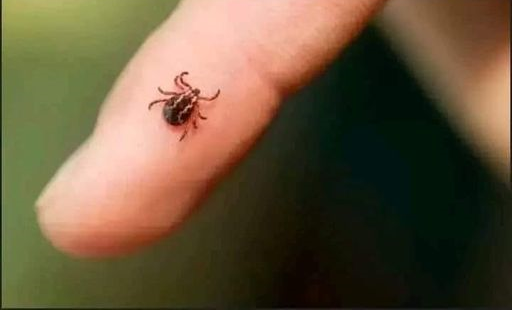The bed bug, a small, reddish-brown insect, has been a human parasite for centuries. Despite its name, it is not limited to beds, but can hide in any dark place close to its hosts. These oval, flattened insects feed exclusively on blood, preferably human blood, during the night while we sleep.
The bed bug (Cimex lectularius), a small, reddish-brown insect, has been a human parasite for thousands of years, with evidence of infestations dating back to ancient Egypt. Despite its name, the bed bug is not confined to beds but can inhabit a variety of spaces, including furniture, wall cracks, baseboards, luggage, and even electrical outlets. These resilient, oval-shaped insects are adept at hiding in dark, narrow spaces close to their human hosts.
1. Allergic Reactions
- Some people experience allergic reactions to bed bug bites, ranging from mild irritation to severe reactions like anaphylaxis. Symptoms include redness, itching, swelling, and in rare cases, systemic reactions.
2. Skin Infections
- Excessive scratching of bed bug bites can break the skin, increasing the risk of secondary infections like impetigo, cellulitis, or lymphangitis.
3. Sleep Disturbance and Anxiety
- Infestations can cause psychological stress, leading to insomnia, anxiety, and even depression due to the fear of being bitten and the stigma of having bed bugs.
4. Economic Costs
- Treating infestations can be expensive, requiring professional pest control services, replacing infested furniture, and taking preventive measures, which can add up to significant financial strain.
5. Impact on Mental Health
- The stress of dealing with a persistent infestation can lead to mental health challenges such as paranoia, obsessive cleaning, or even post-traumatic stress disorder (PTSD) in extreme cases.
Primarily nocturnal, bed bugs emerge at night to feed exclusively on blood, with humans being their preferred source. They are attracted to body heat and the carbon dioxide we exhale while sleeping. Feeding typically lasts 5–10 minutes, during which the bed bug uses an anesthetic in its saliva to numb the bite area, often making the bite painless at first.
Female bed bugs can lay hundreds of eggs over their lifetime, enabling rapid population growth in favorable conditions. Their ability to survive months without feeding makes them particularly difficult to eradicate. Bed bugs have also shown increasing resistance to common pesticides, making infestations a persistent issue worldwide.
